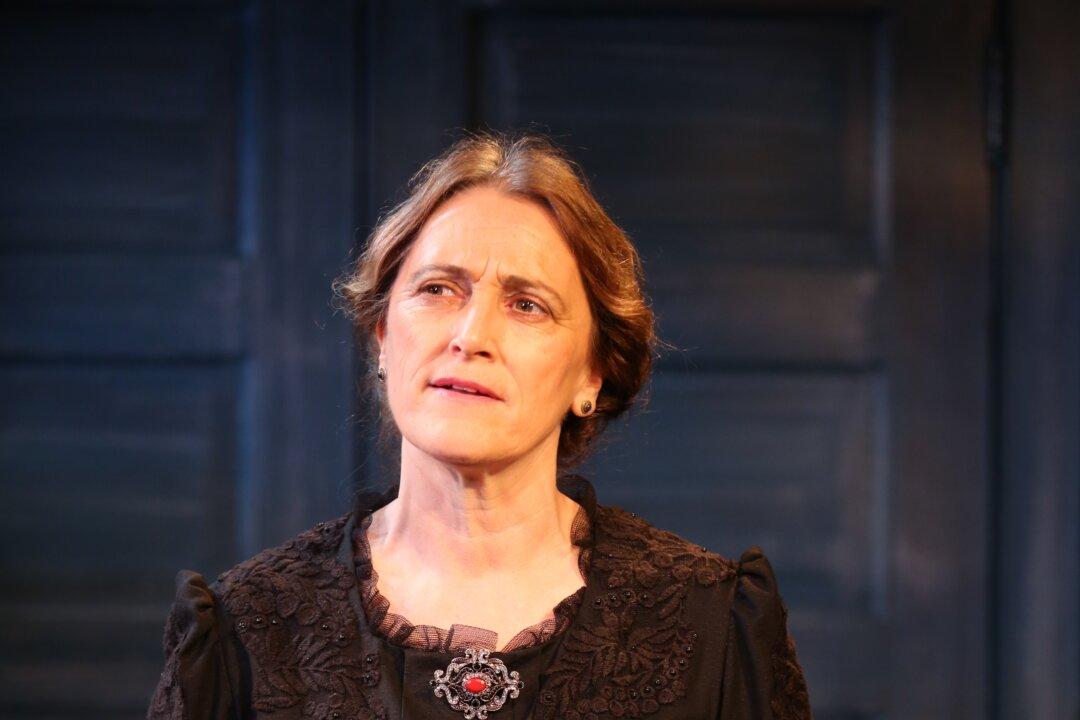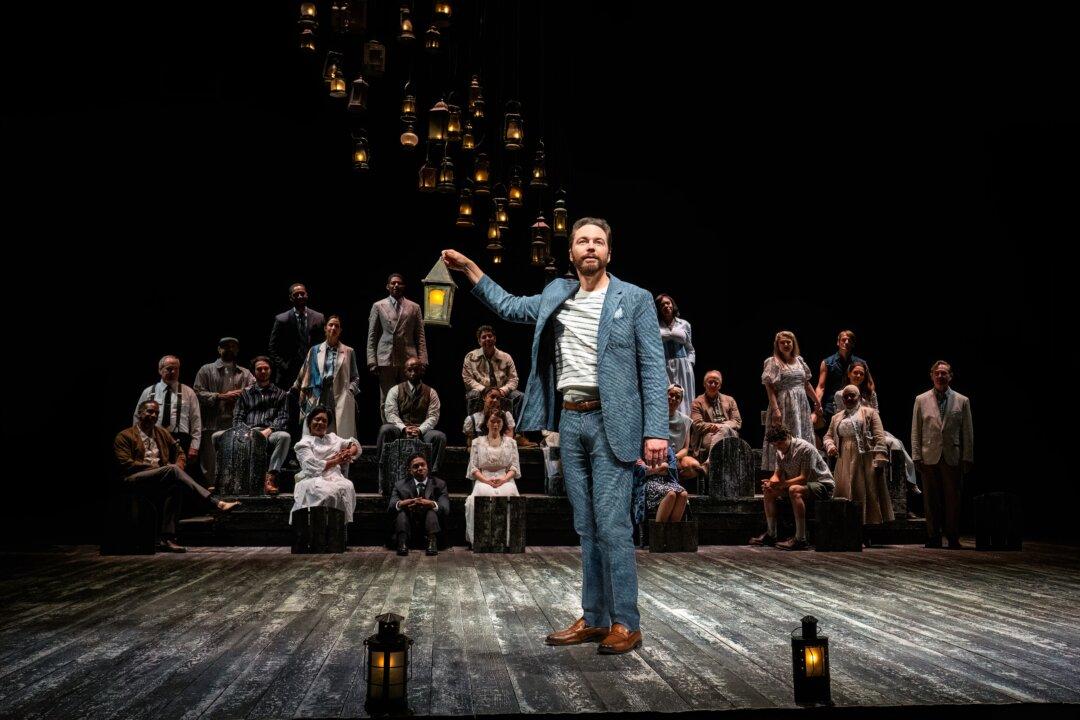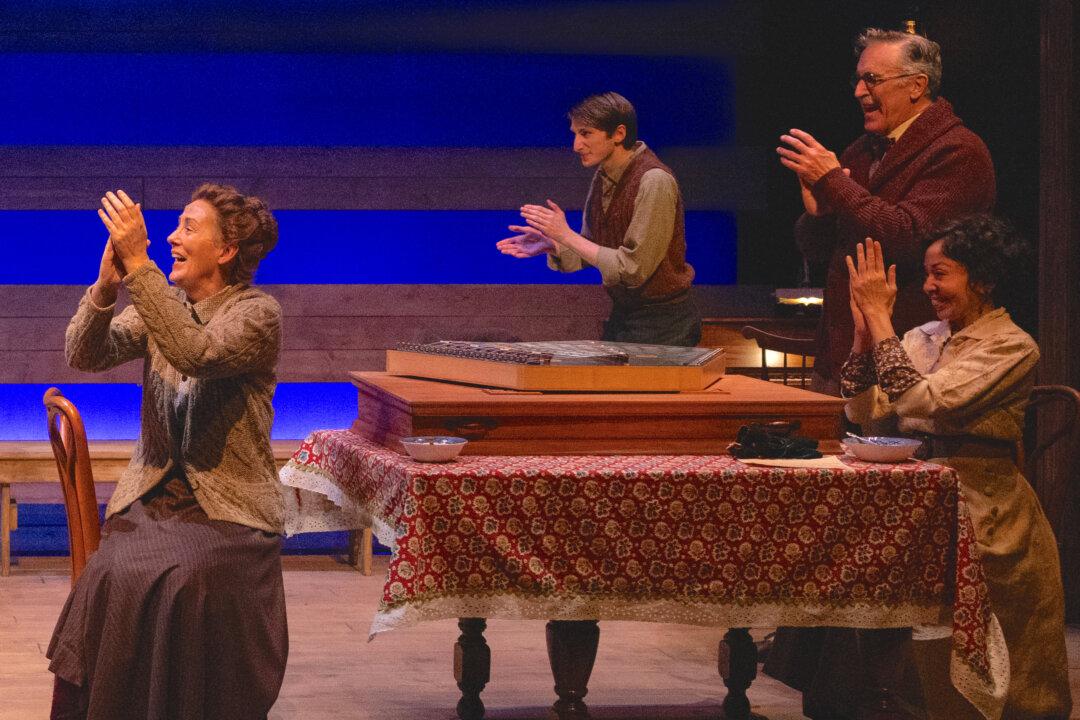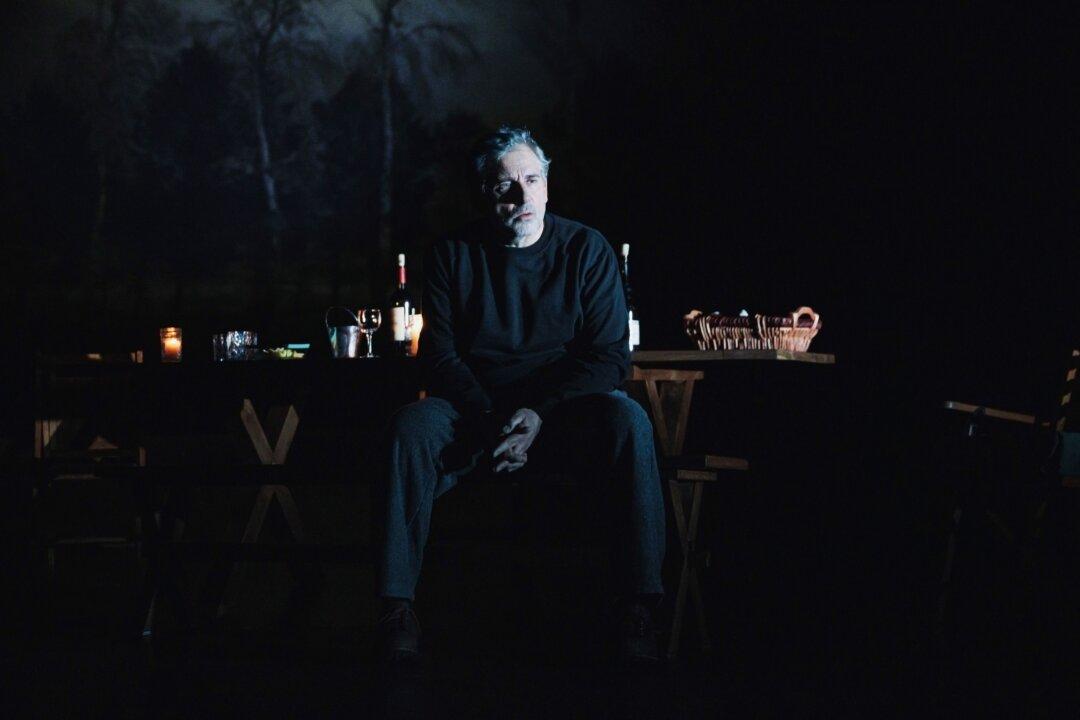NEW YORK—Lady Augusta Gregory is a famous name in theater, but not much is generally known about her. Director Ciaran O'Reilly has set out to right that wrong by creating a potpourri of elements that bring the lady and her early 20th-century achievements to the fore.
Raised comfortably in Ireland, she went on to marry a man 35 years older than herself, because they shared the same interests: literature and the arts.





